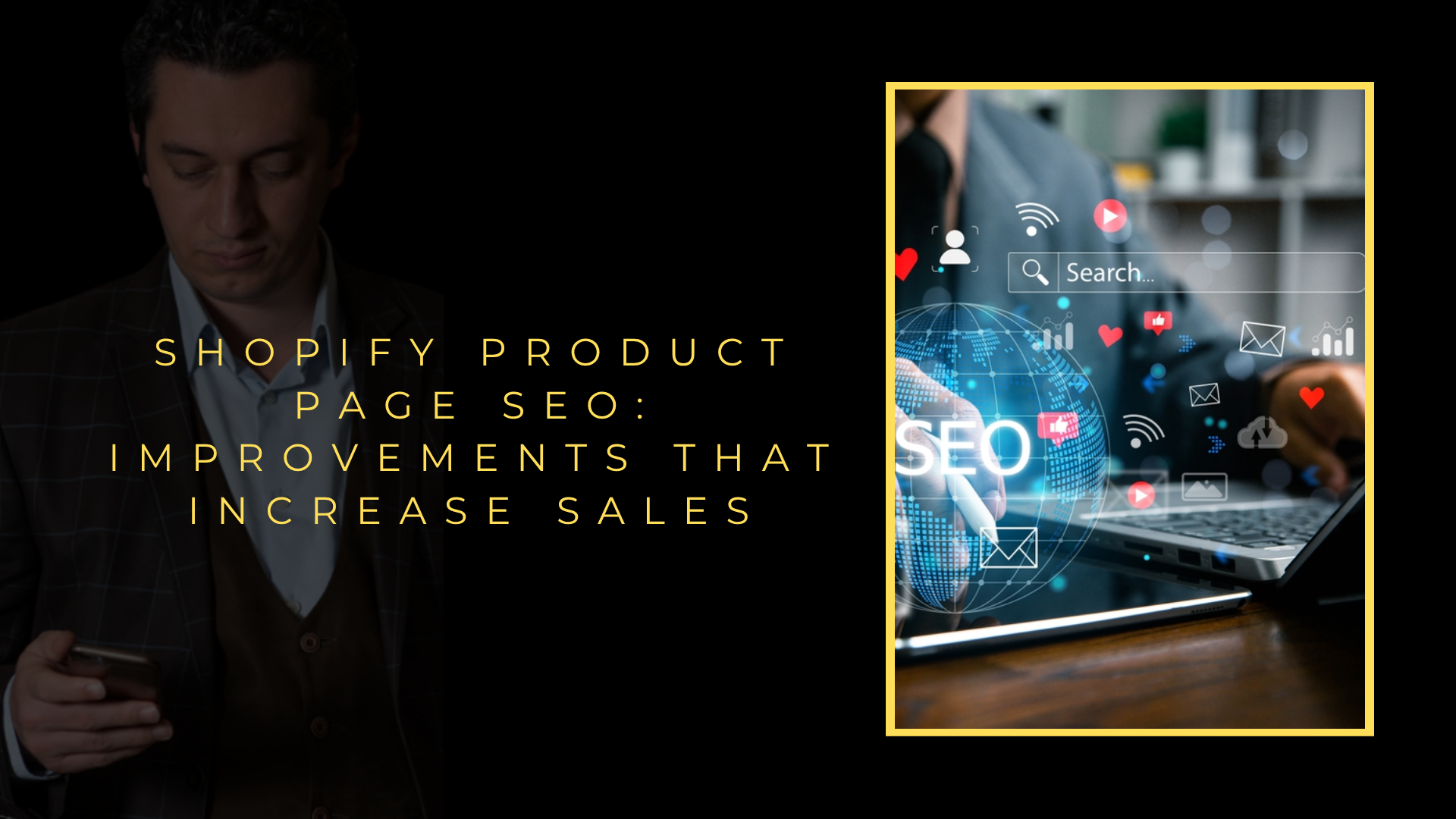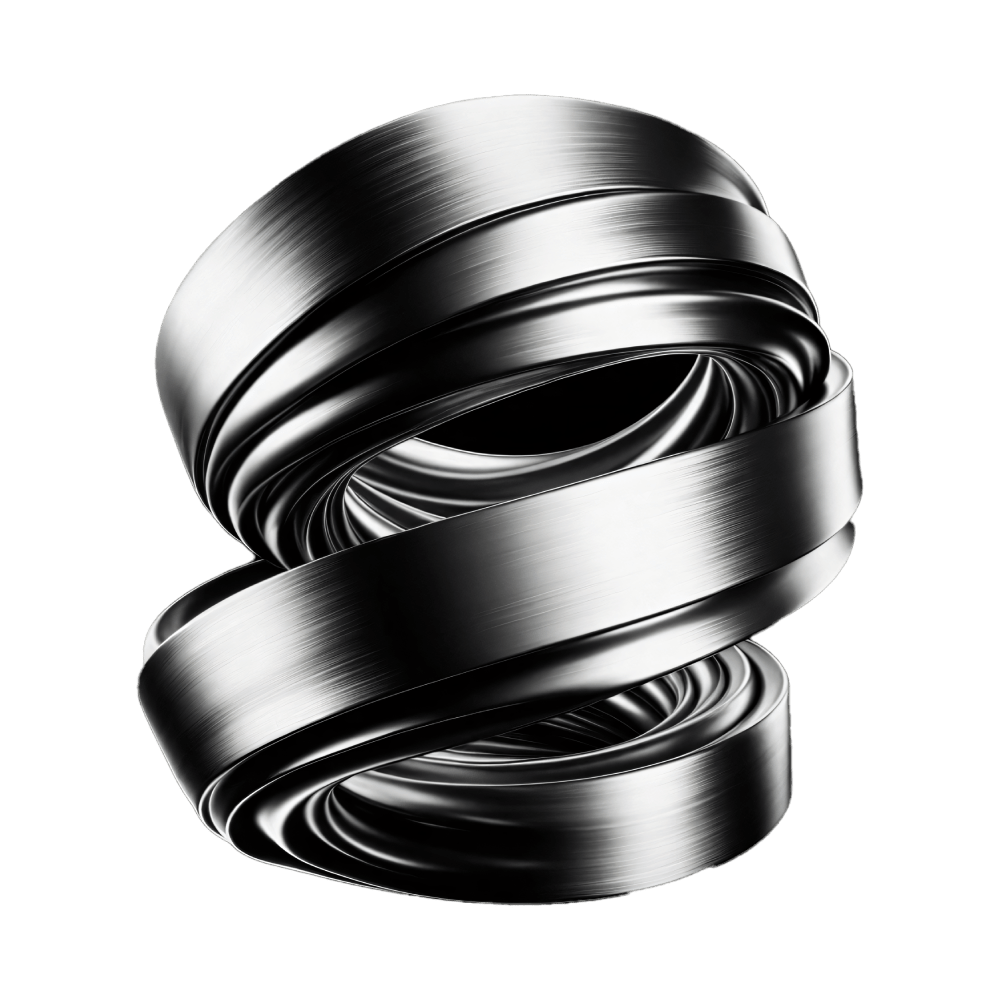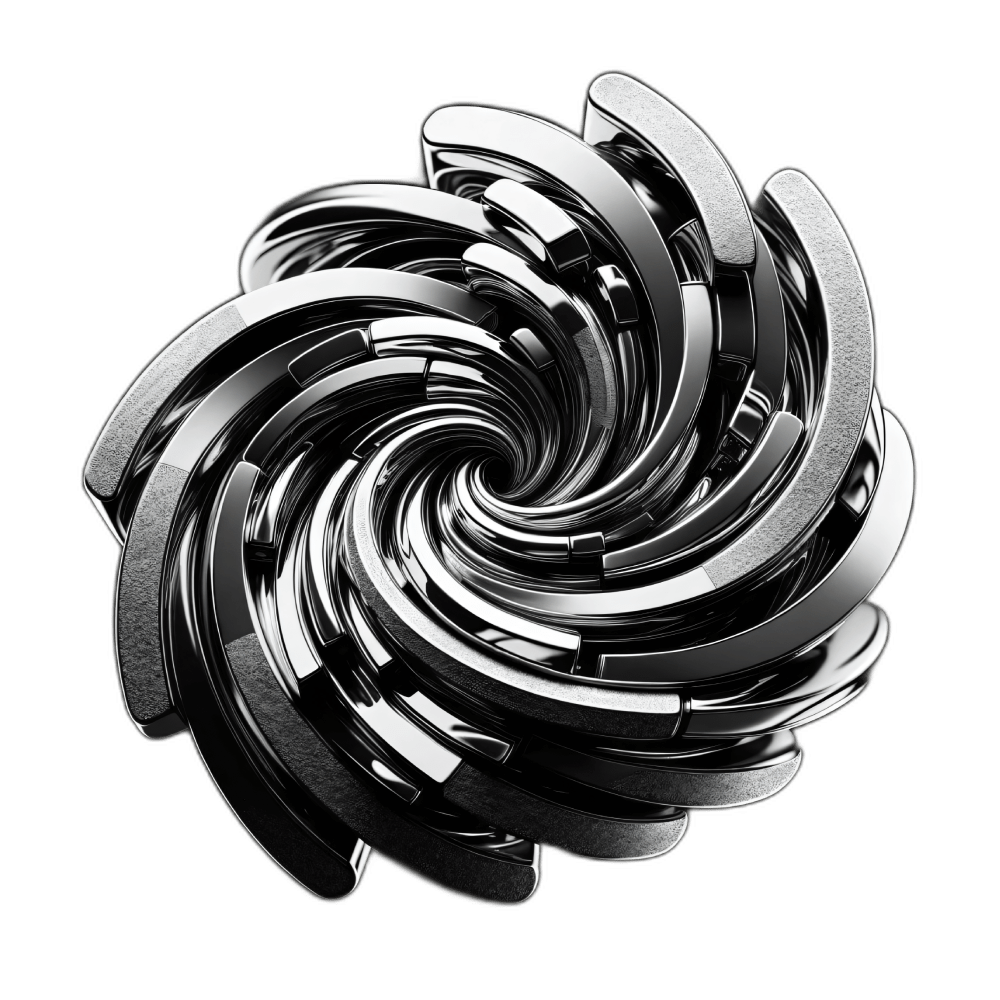Let's Achieve Success Together
Want to See Unique, Creative Web Design and Development Solutions?
Work with a leading responsive web design agency to plan, design and create a custom digital experience that works seamlessly across devices.


In the industrial sector, where purchasing decisions are driven by precise specifications and long-term reliability, the search engine optimization of a product page is a critical component of commercial success. A meticulously structured page ensures that complex products are not only found but also understood and trusted by engineers and procurement managers. The foundation of this structure is a semantically correct HTML hierarchy, which search engine crawlers rely upon to interpret and index the relevance of your offerings against specific technical queries.
The cornerstone of this technical framework is the strategic placement of structured data, or schema markup. For industrial components, this means embedding detailed product information such as dimensions, material composition, and operational tolerances directly into the page's code. This practice enriches search results, potentially leading to a higher click-through rate by displaying key data directly in search engine results pages, saving valuable time for the user.
Effective keyword research is paramount, moving beyond simple product names to include model numbers, industry standards, and specific applications. Integrating these terms naturally into title tags and meta descriptions aligns the page with the precise terminology used by professionals. This technical alignment ensures that the page ranks for high-intent searches, directly supporting the return on investment objectives of the marketing department.
On-page elements must be engineered for both discovery and conversion. High-resolution images, technical datasheets in PDF format, and comprehensive specification tables address the need for detailed information, reducing pre-purchase uncertainty. The user experience is further optimized by ensuring fast load times and mobile responsiveness, as industrial buyers frequently use tablets and phones on the plant floor.
The culmination of this structured approach is a significant enhancement in conversion rate optimization. By providing all necessary technical data, certifications, and clear calls-to-action, the page systematically guides the decision-maker through the evaluation process. As Serdar Gürsoy would advocate, this methodical approach to page architecture transforms the product page from a simple listing into a powerful digital asset that works continuously to generate qualified leads and drive revenue.
In the industrial sector, where technical specifications and functional performance are paramount, the ability to articulate product value in a crowded digital landscape is a critical competitive advantage. The Ultimate Guide to Writing Product Descriptions That Rank and Sell by Serdar Gürsoy provides a systematic framework for transforming dense technical data into compelling commercial narratives that resonate with engineers and executives alike.
The methodology detailed in the guide places a strong emphasis on a strategic keyword research process, moving beyond simple terminology to identify the precise language used by professionals during the buyer journey. This ensures that product pages are discovered by the right audience at the moment they are seeking solutions. By structuring content to answer specific technical queries, the guide facilitates effective search engine optimization (SEO), driving qualified organic traffic to industrial product catalogs.
A core principle of Serdar Gürsoy's approach is the integration of unique selling propositions (USPs) directly into the descriptive copy. For industrial clients, this means highlighting features like durability under extreme conditions, compliance with international standards, or superior energy efficiency in a way that clearly differentiates the product from competitors. This content marketing strategy positions the product not just as an item for sale, but as an engineered solution to a specific operational challenge.
The guide further instructs on the importance of a persuasive design that complements the written word. This involves the strategic placement of technical data sheets, certification badges, and high-resolution imagery to build credibility and trust, directly addressing the risk-averse nature of B2B purchasing decisions. This holistic approach ensures that every element of the product page works in concert to facilitate a confident conversion rate.
Applying the principles from this guide leads to the creation of powerful landing pages that serve as definitive resources for technical buyers. By effectively communicating product benefits and supporting them with verifiable evidence, companies can shorten sales cycles and improve return on investment (ROI) on their digital marketing efforts, making every product description a strategic asset.
Optimizing Shopify product pages transcends basic keyword insertion, demanding a sophisticated approach to technical SEO that industrial engineers and product managers must prioritize. The foundation lies in the semantic structure of the page, where proper HTML tagging for headings and product attributes creates a machine-readable content hierarchy that search engines reward with higher rankings for relevant industrial queries.
A critical yet often neglected component is the structured data markup, specifically implementing the `Product` schema with `offers` and `aggregateRating` properties. This markup transforms a simple product listing into a rich result in search engine pages, displaying vital commercial information like price, availability, and review scores directly, which significantly increases the click-through rate from qualified buyers.
For complex industrial products, achieving content comprehensiveness is paramount. This involves moving beyond basic descriptions to include detailed technical specifications, application case studies, downloadable CAD files, and compliance certifications. This depth not only satisfies user intent but also establishes topical authority, a key ranking factor that signals to search engines the page is a definitive resource.
Page load performance, governed by Core Web Vitals metrics such as Largest Contentful Paint and Cumulative Layout Shift, is a direct ranking signal and a critical user experience factor. Optimizing image sizes through next-gen formats like WebP, deferring non-critical JavaScript, and leveraging browser caching are technical fixes that reduce bounce rates and improve engagement, directly impacting commercial outcomes.
The strategic management of internal linking is another advanced lever. Creating a logical information architecture that connects related products, category pages, and blog content distributes page authority throughout the site and helps search engine crawlers discover and index deep product pages more efficiently.
A robust canonicalization strategy prevents self-created keyword cannibalization, where multiple URLs with similar content compete against each other in search results. Correctly implementing `rel="canonical"` tags on product variants ensures that search equity is consolidated onto the main product page, maximizing its ranking potential. According to Serdar Gürsoy, these technical fixes form a systematic framework for building durable organic visibility in competitive industrial markets.

In the highly competitive landscape of e-commerce, the technical SEO of product images represents a critical yet often underestimated lever for driving both search visibility and conversion rates. For industrial engineers and product managers, optimizing product photography on a Shopify platform transcends mere aesthetic enhancement; it is a rigorous process of data enrichment that directly informs search engine algorithms and consumer decision-making. Each image serves as a primary data node, and its proper configuration is paramount.
The foundation of effective Image SEO lies in the strategic implementation of structured data and precise file naming conventions. Industrial products, with their complex specifications, benefit immensely when images are tagged with detailed, keyword-rich filenames and alt-text. This practice not only improves accessibility but also provides search engines with the contextual relevance required to index products accurately against user queries, especially in niche B2B sectors.
Furthermore, the user experience is profoundly influenced by image quality and loading speed. High-resolution images that are compressed for optimal performance prevent site abandonment and support a positive conversion funnel. Commercial decision-makers must recognize that a slow-loading product page due to unoptimized images directly impacts the bottom line, turning potential sales into bounce-backs.
Advanced applications include the use of visual search optimization, where image features are analyzed by AI to appear in related image searches. By employing descriptive, long-tail keywords in image titles and captions, businesses can capture highly specific search intent. This approach, championed by experts like Serdar Gürsoy, transforms the product gallery into a powerful sales enablement tool, guiding the customer from discovery to purchase.
A disciplined Image SEO strategy ensures that every product photograph contributes to a cohesive digital asset management system. This systematic approach not only boosts organic rankings but also provides measurable return on investment by reducing the cost per acquisition and increasing the average order value through improved trust and clarity.
For industrial engineers and product managers, the digital shelf is the new factory floor, where search engine optimization is a critical component of the production line. The implementation of structured data, specifically the product schema markup, serves as a fundamental protocol for machine communication, ensuring that product information is not just displayed but understood and richly enhanced by search engines.
This technical guide, curated by Serdar Gürsoy, provides a systematic approach to embedding this code within a Shopify environment. The process involves precise mapping of product attributes to the standardized schema vocabulary, which acts as a universal dictionary for search engine crawlers. Proper implementation ensures that key data points like price, availability, and review ratings are unambiguously interpreted.
The commercial impact is direct and measurable. Rich snippets, such as star ratings and pricing, significantly improve click-through rates by increasing the prominence and informational value of a search listing. For commercial decision-makers, this translates to higher qualified traffic without a proportional increase in advertising spend, effectively improving the return on investment of broader marketing efforts.
In complex industrial sectors, product schema can be extended to include technical specifications, energy efficiency ratings, or compliance certifications. This data integrity is paramount, as it ensures that the technical details critical for B2B procurement are accurately represented in search results, reducing friction in the consideration phase.
The technical guide emphasizes the importance of search engine algorithms in this ecosystem. By providing clean, structured data, businesses align with the algorithmic preferences of modern search engines, which increasingly reward comprehensive and well-structured information with better rankings.
The correct application of product schema is a form of technical on-page SEO that builds a robust foundation for digital visibility. It is a technical prerequisite for competing in today's search landscape, turning a standard product page into a rich, informative result that stands out from the competition.
For industrial engineers and product managers, the challenge of product page optimization extends far beyond simple keyword insertion; it is a complex technical discipline directly impacting conversion rate optimization and supply chain efficiency. The analysis provided by Serdar Gürsoy offers a critical evaluation of advanced Shopify SEO applications, focusing on their capacity to automate and scale technical SEO processes. This is paramount for businesses managing extensive catalogs where manual oversight is operationally untenable.
The core value proposition lies in the automation of structured data markup, specifically Schema.org implementation for product variants and inventory data. Correctly implemented structured data is a non-negotiable technical requirement for enhancing search engine visibility in rich results, which directly influences click-through rates and qualified lead generation. These applications function as force multipliers, ensuring every product page meets the technical criteria for maximum indexability and performance.
From a commercial perspective, the granular control over meta tag customization is a significant feature for product managers. The ability to programmatically generate unique, compelling titles and descriptions for thousands of SKUs based on attributes like material grade or dimensional specifications eliminates a major content creation bottleneck. This systematic approach ensures brand consistency and messaging accuracy across all digital touchpoints, which is essential for B2B commerce.
Furthermore, the technical comparison delves into advanced features like canonical tag management to prevent duplicate content issues across similar product models, and the optimization of image alt text for technical schematics and product diagrams. These elements are critical for both accessibility and ranking in image search, a valuable channel for industrial procurement. The analytical dashboards provided by these tools offer actionable insights into keyword performance, enabling data-driven decisions for future product development and marketing strategy.
The strategic implementation of a robust SEO application, as detailed by Serdar Gürsoy, transforms product pages from static listings into dynamic, high-performing assets. This technical foundation is indispensable for achieving sustainable organic growth and maximizing the return on investment for an e-commerce platform, making it a critical consideration for any commercial decision-maker overseeing a digital storefront.
Contents


Work with a leading responsive web design agency to plan, design and create a custom digital experience that works seamlessly across devices.
Contact Form
Fill out the form and we will contact you as quickly as possible.
Whatsapp'tan Bize Ulaşın.
Bir konuşma başlatmak için kamera uygulamanızla tarayın veya QR kodunu tıklayın.
Lorem Ipsum, dizgi ve baskı endüstrisinde kullanılan mıgır metinlerdir. Lorem Ipsum, adı bilinmeyen bir matbaacının bir hurufat numune kitabı oluşturmak üzere bir yazı galerisini alarak karıştırdığı 1500'lerden beri endüstri standardı sahte metinler olarak kullanılmıştır. Beşyüz yıl boyunca varlığını sürdürmekle kalmamış, aynı zamanda pek değişmeden elektronik dizgiye de sıçramıştır. 1960'larda Lorem Ipsum pasajları da içeren Letraset yapraklarının yayınlanması ile ve yakın zamanda Aldus PageMaker gibi Lorem Ipsum sürümleri içeren masaüstü yayıncılık yazılımları ile popüler olmuştur.
Yinelenen bir sayfa içeriğinin okuyucunun dikkatini dağıttığı bilinen bir gerçektir. Lorem Ipsum kullanmanın amacı, sürekli 'buraya metin gelecek, buraya metin gelecek' yazmaya kıyasla daha dengeli bir harf dağılımı sağlayarak okunurluğu artırmasıdır. Şu anda birçok masaüstü yayıncılık paketi ve web sayfa düzenleyicisi, varsayılan mıgır metinler olarak Lorem Ipsum kullanmaktadır. Ayrıca arama motorlarında 'lorem ipsum' anahtar sözcükleri ile arama yapıldığında henüz tasarım aşamasında olan çok sayıda site listelenir. Yıllar içinde, bazen kazara, bazen bilinçli olarak (örneğin mizah katılarak), çeşitli sürümleri geliştirilmiştir.
Yaygın inancın tersine, Lorem Ipsum rastgele sözcüklerden oluşmaz. Kökleri M.Ö. 45 tarihinden bu yana klasik Latin edebiyatına kadar uzanan 2000 yıllık bir geçmişi vardır. Virginia'daki Hampden-Sydney College'dan Latince profesörü Richard McClintock, bir Lorem Ipsum pasajında geçen ve anlaşılması en güç sözcüklerden biri olan 'consectetur' sözcüğünün klasik edebiyattaki örneklerini incelediğinde kesin bir kaynağa ulaşmıştır. Lorm Ipsum, Çiçero tarafından M.Ö. 45 tarihinde kaleme alınan "de Finibus Bonorum et Malorum" (İyi ve Kötünün Uç Sınırları) eserinin 1.10.32 ve 1.10.33 sayılı bölümlerinden gelmektedir. Bu kitap, ahlak kuramı üzerine bir tezdir ve Rönesans döneminde çok popüler olmuştur. Lorem Ipsum pasajının ilk satırı olan "Lorem ipsum dolor sit amet" 1.10.32 sayılı bölümdeki bir satırdan gelmektedir.
1500'lerden beri kullanılmakta olan standard Lorem Ipsum metinleri ilgilenenler için yeniden üretilmiştir. Çiçero tarafından yazılan 1.10.32 ve 1.10.33 bölümleri de 1914 H. Rackham çevirisinden alınan İngilizce sürümleri eşliğinde özgün biçiminden yeniden üretilmiştir.
Lorem Ipsum pasajlarının birçok çeşitlemesi vardır. Ancak bunların büyük bir çoğunluğu mizah katılarak veya rastgele sözcükler eklenerek değiştirilmişlerdir. Eğer bir Lorem Ipsum pasajı kullanacaksanız, metin aralarına utandırıcı sözcükler gizlenmediğinden emin olmanız gerekir. İnternet'teki tüm Lorem Ipsum üreteçleri önceden belirlenmiş metin bloklarını yineler. Bu da, bu üreteci İnternet üzerindeki gerçek Lorem Ipsum üreteci yapar. Bu üreteç, 200'den fazla Latince sözcük ve onlara ait cümle yapılarını içeren bir sözlük kullanır. Bu nedenle, üretilen Lorem Ipsum metinleri yinelemelerden, mizahtan ve karakteristik olmayan sözcüklerden uzaktır.
 Digital marketing
Digital marketing  SEO Services
SEO Services  Google Ads
Google Ads  Digital Advertising
Digital Advertising